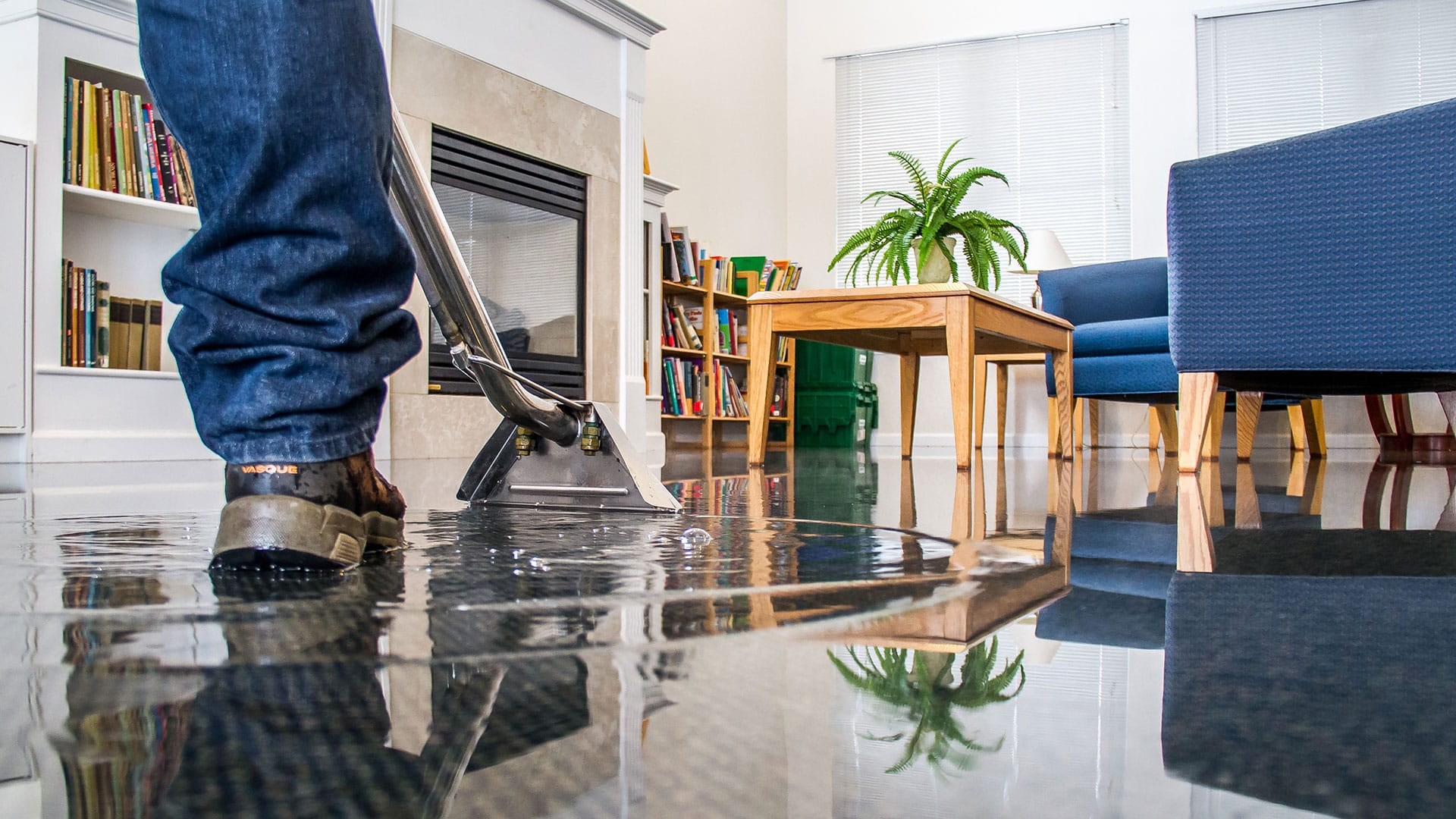Water damage restoration is crucial in mitigating the devastating effects of water intrusion in homes, businesses, and communities. This comprehensive guide explores the significance of water damage restoration, its processes, benefits, and the critical role it plays in safeguarding properties and promoting health and safety.
Understanding Water Damage
Causes of Water Damage
- Natural Disasters: Flooding from storms, hurricanes, or heavy rainfall.
- Plumbing Issues: Burst pipes, leaking faucets, or appliance malfunctions.
- Structural Deficiencies: Roof leaks, foundation cracks, or inadequate drainage systems.
Types of Water Damage
- Clean Water: Fresh water from broken pipes or overflowing sinks.
- Gray Water: Contaminated water from appliances or clean water sources.
- Black Water: Sewage backups or floodwaters containing harmful pathogens.
Importance of Prompt Restoration
Preventing Structural Damage
- Structural Integrity: Swift action prevents water from compromising building materials like wood, drywall, and insulation.
- Mold and Mildew Growth: Minimizes the risk of mold infestation, which can deteriorate surfaces and pose health risks.
Mitigating Health Risks
- Bacterial Contamination: Reduces exposure to harmful bacteria and pathogens present in standing water.
- Allergens and Irritants: Prevents the spread of allergens and respiratory irritants that thrive in damp environments.
Benefits of Water Damage Restoration
Preservation of Property Value
- Property Damage: Limits financial losses by preserving the structural integrity and market value of the property.
- Insurance Claims: Facilitates smooth insurance claims processing with documented restoration efforts and damage assessments.
Efficient Restoration Processes
- Water Extraction: Utilizes specialized equipment to remove standing water and moisture from affected areas.
- Drying and Dehumidification: Implements drying techniques to restore optimal humidity levels and prevent secondary damage.
Environmental Impact
Sustainability Practices
- Water Conservation: Implements eco-friendly practices to minimize water wastage during restoration efforts.
- Disposal Management: Properly disposes of contaminated materials and debris in compliance with environmental regulations.
Professional Restoration Services
Expertise and Experience
- Certified Technicians: Trained professionals equipped with industry knowledge and experience in handling various types of water damage.
- Advanced Equipment: Utilizes state-of-the-art tools and technology for effective emergency basement water extraction, drying, and restoration.
Comprehensive Restoration Plans
- Assessment and Inspection: Conducts thorough assessments to identify the extent of damage and develop tailored restoration plans.
- Documentation: Maintains detailed documentation of restoration processes, including before-and-after photos and moisture readings.
Long-Term Damage Prevention
Preventative Measures
- Maintenance Recommendations: Offers maintenance tips to prevent future water damage, such as regular plumbing inspections and roof maintenance.
- Emergency Preparedness: Educates property owners on emergency response protocols and proactive measures during water-related incidents.
Community and Public Safety
Disaster Preparedness
- Community Outreach: Educates communities on water damage risks and preparedness strategies to mitigate potential disasters.
- Emergency Response: Collaborates with local authorities and emergency services to coordinate rapid response and assistance during water-related emergencies.
Conclusion: Safeguarding Properties and Communities
Water damage restoration is not just about repairing physical structures; it is about protecting livelihoods, promoting health, and preserving the environment. By prioritizing prompt restoration, utilizing professional services, and implementing preventative measures, property owners can mitigate risks, preserve property values, and ensure the safety and well-being of occupants and communities. Embracing proactive strategies and partnering with experienced restoration professionals are essential steps towards achieving comprehensive water damage management and resilience in the face of unforeseen water-related challenges.
